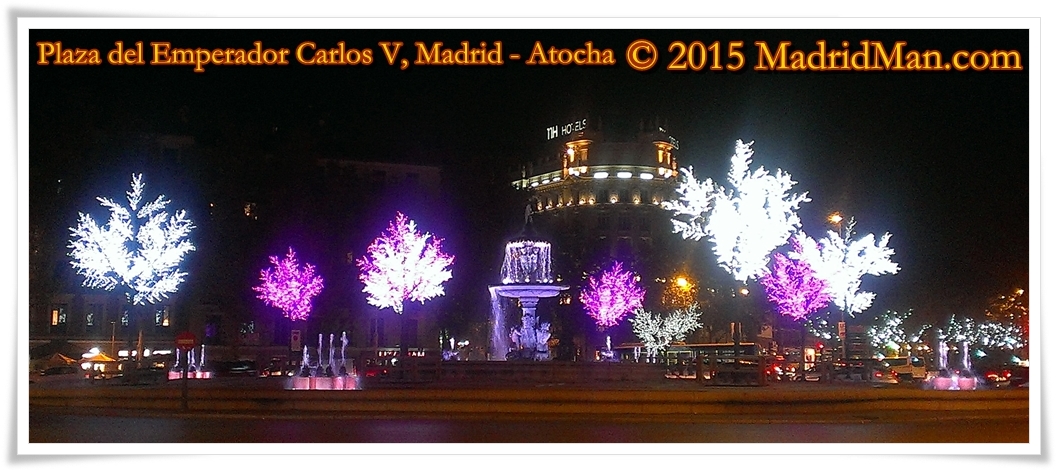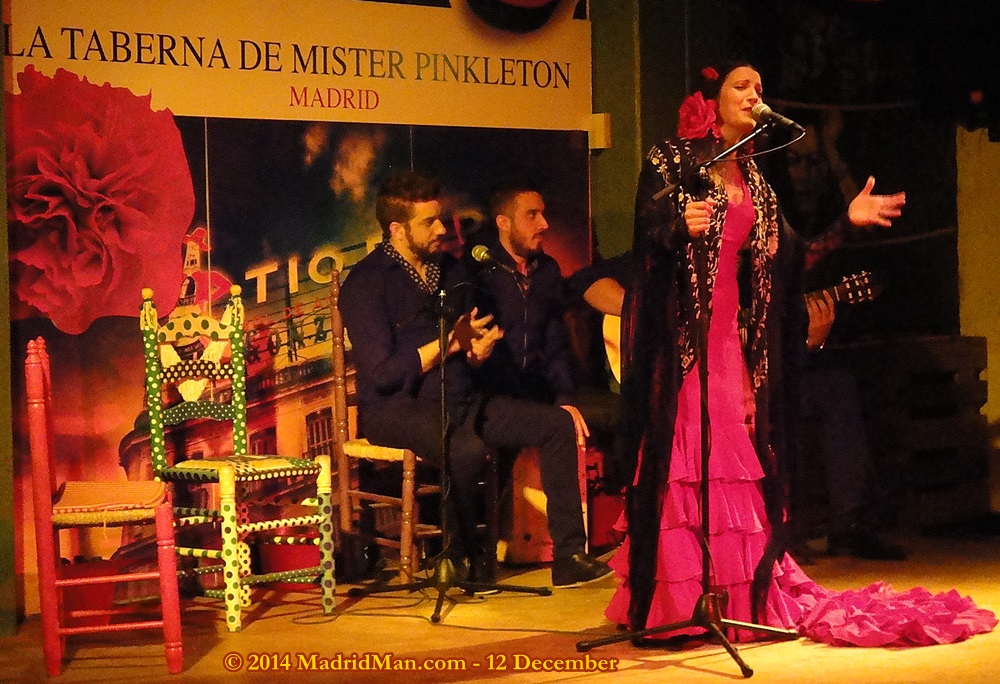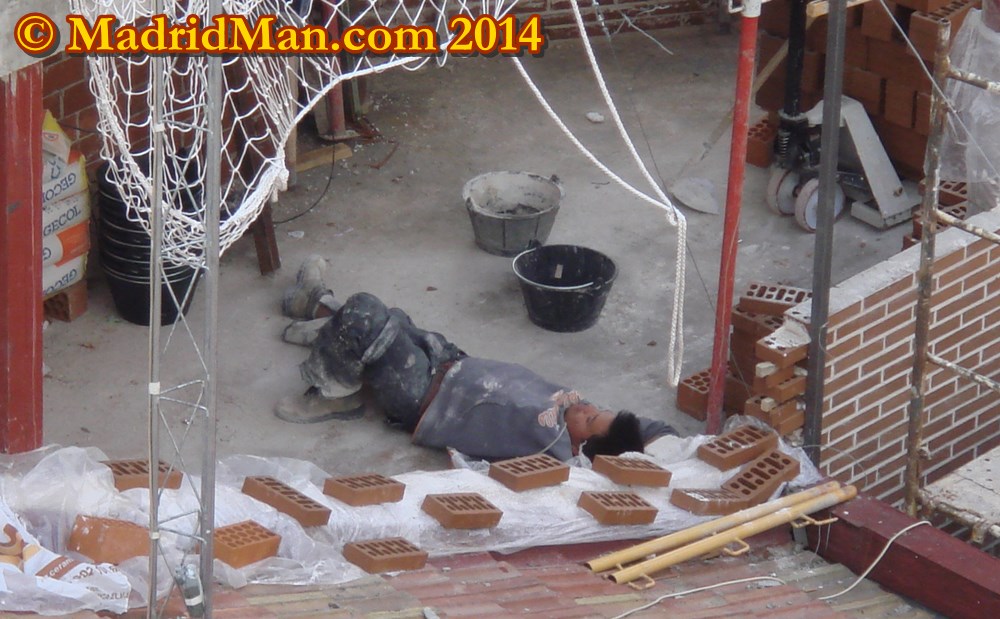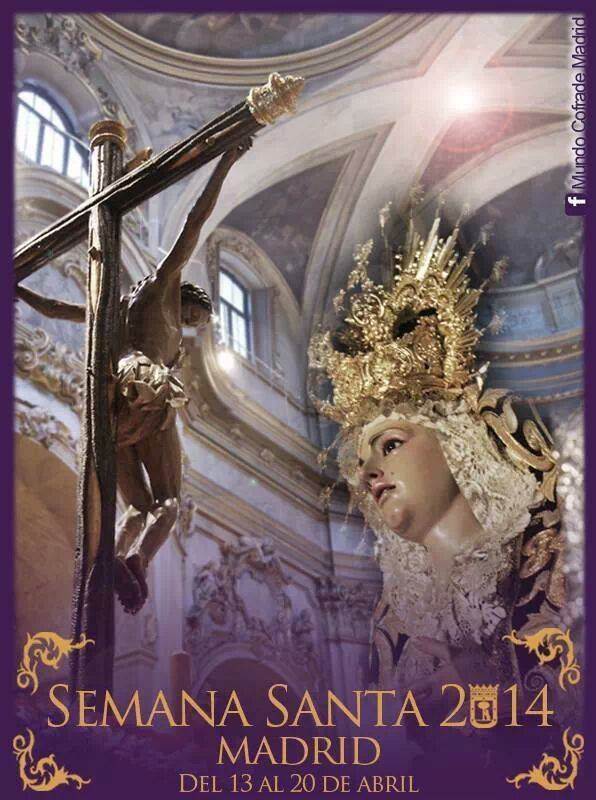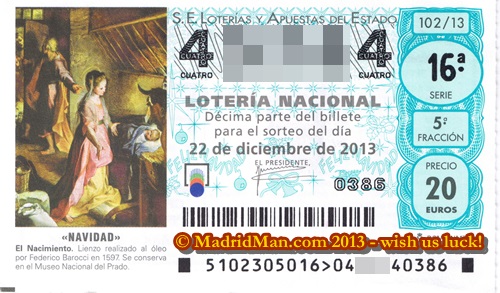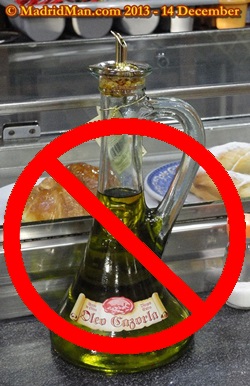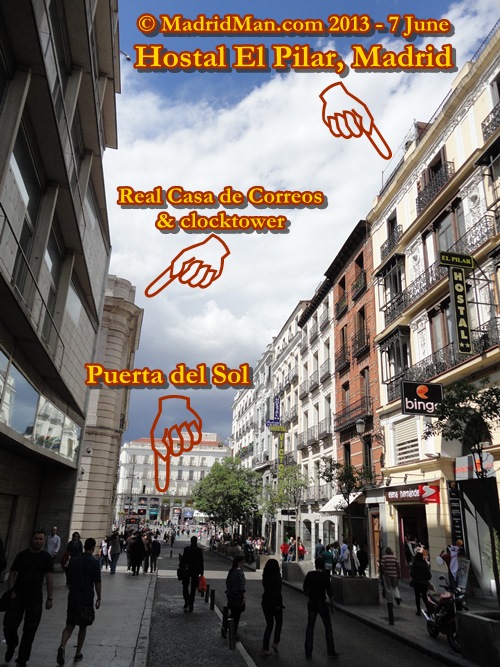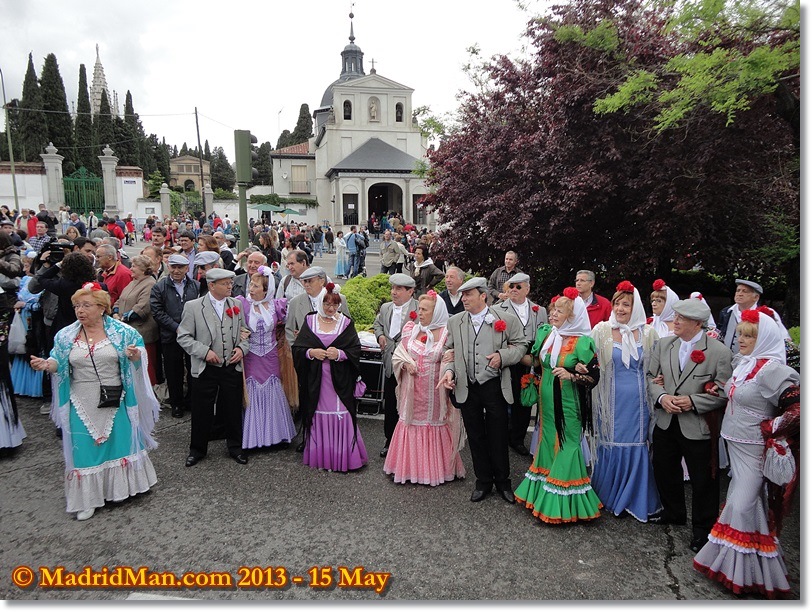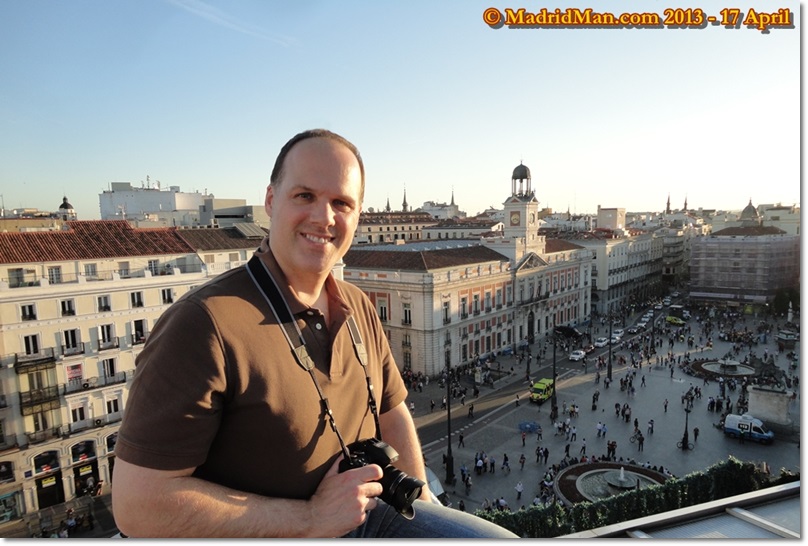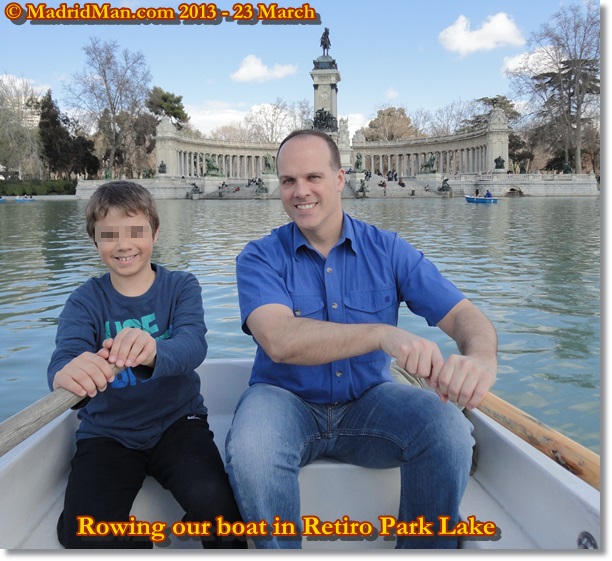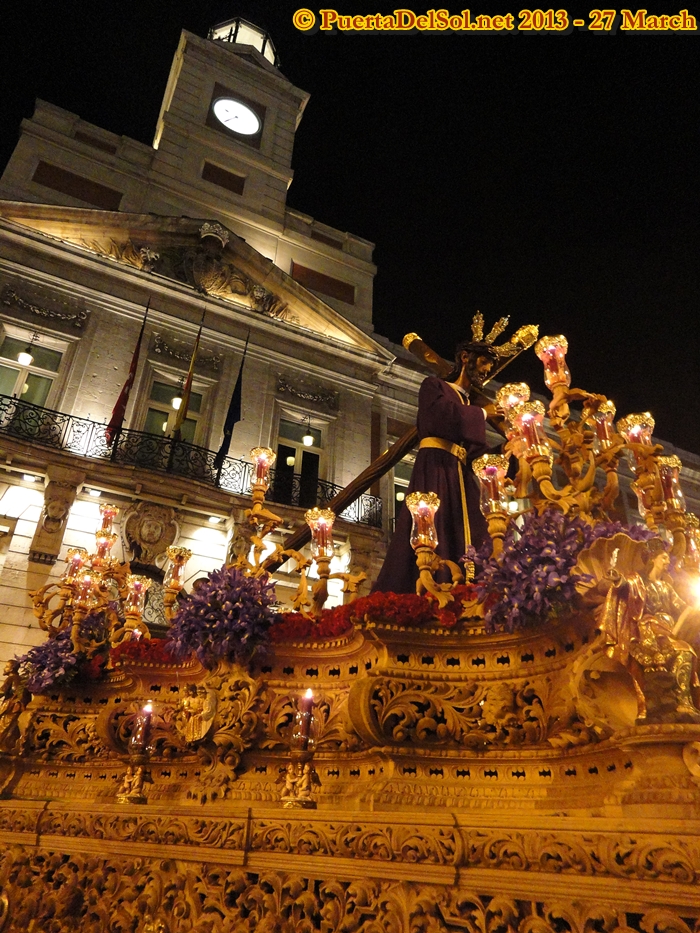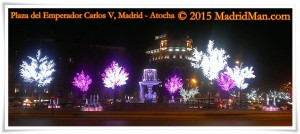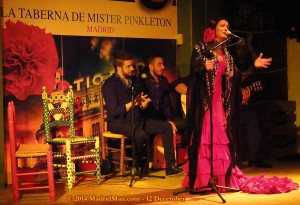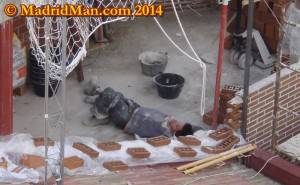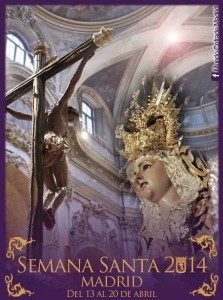In Madrid, and in Spain in general, the Christmas...
Last Friday night I had the distinct pleasure of...
Go ahead. Admit it. You wish you could take...
Religious or just “cultural“, anxious spectators prepare for the...
If you’re in an environment created by you, like...
Tour Madrid with MadridMan! MadridMan®, an American expatriate and...
They say Spain’s annual Christmas Lottery is the richest...
In many ways Spain is still a very quaint...
The following is a tortilla de patatas recipe by...
Today at 6pm starts Madrid’s 2013 Gay Pride Parade!...
NEW DEVELOPMENTS! A lot of interest has been generated...
A few weekends ago, early June 2013, I spent...
Today, the 15th of May, is Madrid’s Patron Saint’s...
Yesterday, the 10th of May, was the official start...
Last week I had the distinct pleasure of enjoying...
Renting a rowboat isn’t the first priority on tourists’...
Today is Easter Sunday in the world of the...
As those of you who know, here in Madrid...
Wasn’t it great living in the USA, driving from...
You know what they say, if you can’t talk...
